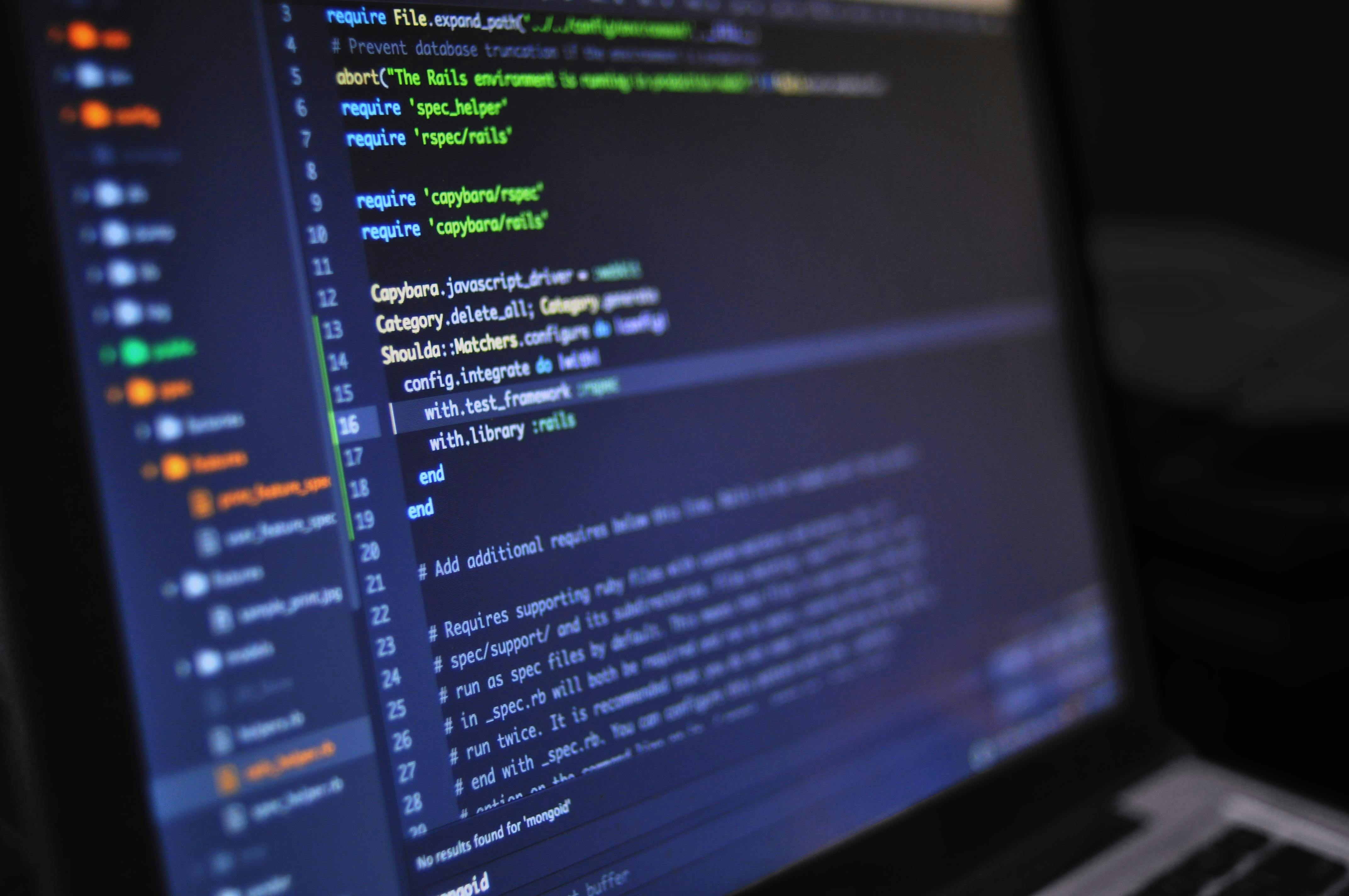Understanding OpenCV Architecture
Modular Subsystems and Bindings
OpenCV consists of core modules (e.g., imgproc, video, highgui, dnn) and provides bindings for multiple languages. Native code is written in C++ and wrapped using SWIG or Python bindings. OpenCV also integrates with CUDA, OpenCL, and Intel IPP for hardware acceleration.
Build System and Third-Party Dependencies
OpenCV uses CMake for configuration and supports both static and dynamic linking. Performance and feature availability depend on correct integration of dependencies like FFmpeg, GTK, Qt, TBB, and Eigen.
Common OpenCV Issues
1. Installation and Build Failures
Users frequently encounter CMake configuration errors, missing dependencies, or version mismatches. Errors include "Cannot find FFmpeg" or "undefined reference to cv::Mat" during compilation.
2. Camera and Video Capture Errors
Functions like cv2.VideoCapture() may return False or throw device errors, especially on Windows or Linux systems with multiple camera drivers or permission issues.
3. Module Import or Runtime Errors in Python
Includes ImportError: libopencv_core.so not found or cv2.dnn module not available, typically due to incorrect PATH or LD_LIBRARY_PATH settings, or a pip/conda mismatch.
4. Poor Performance on Large Images or Real-Time Streams
Suboptimal use of matrix operations, unoptimized loop logic, or not using vectorized APIs can cause significant frame drops or latency.
5. Compatibility Issues Across Versions
Function signatures and module availability often change between versions (e.g., OpenCV 3.x to 4.x to 5.x). Deprecated functions or renamed constants break legacy code.
Diagnostics and Debugging Techniques
Enable Verbose CMake Logs
Run CMake with -D CMAKE_VERBOSE_MAKEFILE=ON and -D BUILD_SHARED_LIBS=ON to trace missing dependencies and shared library linkage.
Validate Python Bindings
Run cv2.getBuildInformation() to inspect enabled modules, library paths, and compilation flags. Confirms whether dnn, cuda, and other modules are present.
Trace VideoCapture Behavior
Use cap.isOpened() and cap.get(cv2.CAP_PROP_FOURCC) to verify camera initialization. On Linux, test with v4l2-ctl --list-devices.
Benchmark Functions with Timing Wrappers
Use cv::TickMeter in C++ or time.perf_counter() in Python to profile hotspots and detect frame processing delays in real-time pipelines.
Check Dynamic Linker Paths
On Linux, use ldd $(which python) or ldd /path/to/cv2.so to verify linkage to the correct OpenCV version.
Step-by-Step Resolution Guide
1. Fix Installation and Build Issues
Install all build dependencies: FFmpeg, GTK, libjpeg, libpng, libtiff, and Python headers. Use cmake-gui or CLI to configure paths. Prefer conda environments for simplified binary setup.
2. Resolve Camera Access Problems
Ensure user has access to video devices. On Linux, add user to video group. Check that device index matches physical port. Use CAP_FFMPEG or CAP_V4L2 backends explicitly.
3. Eliminate Python Import Errors
Use consistent Python environments (virtualenv or conda). Reinstall OpenCV via pip install opencv-python-headless to avoid GUI dependency conflicts. Clear cached builds and set environment variables correctly.
4. Optimize Real-Time Performance
Use cv::UMat or GPU modules for acceleration. Avoid nested loops for pixel access. Use cv2.resize(), cv2.remap(), and cv2.transform() instead of manual numpy logic.
5. Handle API Changes Across Versions
Check release notes before upgrading. Replace deprecated functions like cv2.findContours() with modern signatures. Use wrapper functions to isolate version-specific logic.
Best Practices for OpenCV Projects
- Always log OpenCV build info in production environments.
- Use conda for consistent environment management and binary installation.
- Keep native build and Python versions in sync across platforms.
- Benchmark critical sections before introducing threading or GPU processing.
- Write unit tests that validate OpenCV behavior across upgrades.
Conclusion
OpenCV empowers a wide array of vision and AI solutions but requires careful dependency management, system integration, and performance tuning. By systematically analyzing installation logs, profiling runtime behavior, and isolating platform-specific behaviors, developers can debug complex OpenCV issues efficiently. Stable builds and modular design practices ensure long-term maintainability of OpenCV-based pipelines.
FAQs
1. Why does cv2.VideoCapture() return False?
The device index may be invalid or in use. Ensure permissions and use the correct backend flag for your OS.
2. How do I fix ImportError: libopencv_core.so not found?
Check LD_LIBRARY_PATH on Linux or PATH on Windows. Ensure OpenCV shared libraries are discoverable by the Python interpreter.
3. Why is OpenCV not detecting CUDA support?
Likely built without CUDA. Rebuild OpenCV from source with -D WITH_CUDA=ON and validate with cv2.getBuildInformation().
4. What causes slow OpenCV performance in Python?
Excessive use of for-loops and numpy conversions. Use native OpenCV operations and avoid pixel-wise iteration.
5. How do I upgrade OpenCV safely?
Backup your environment, read the changelog, and use pip install --upgrade opencv-python or build from source with version tags for control.




